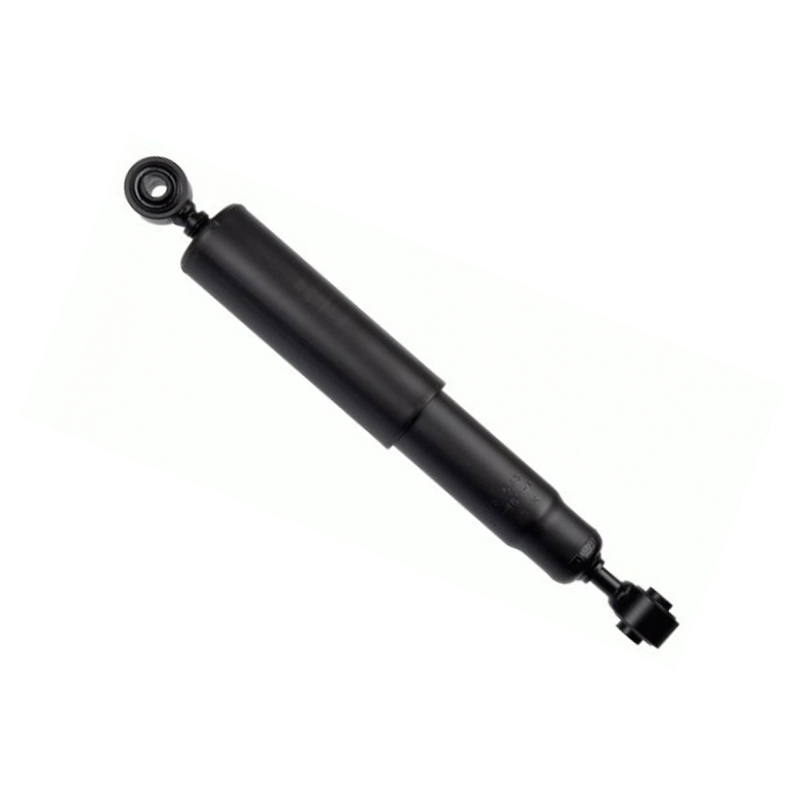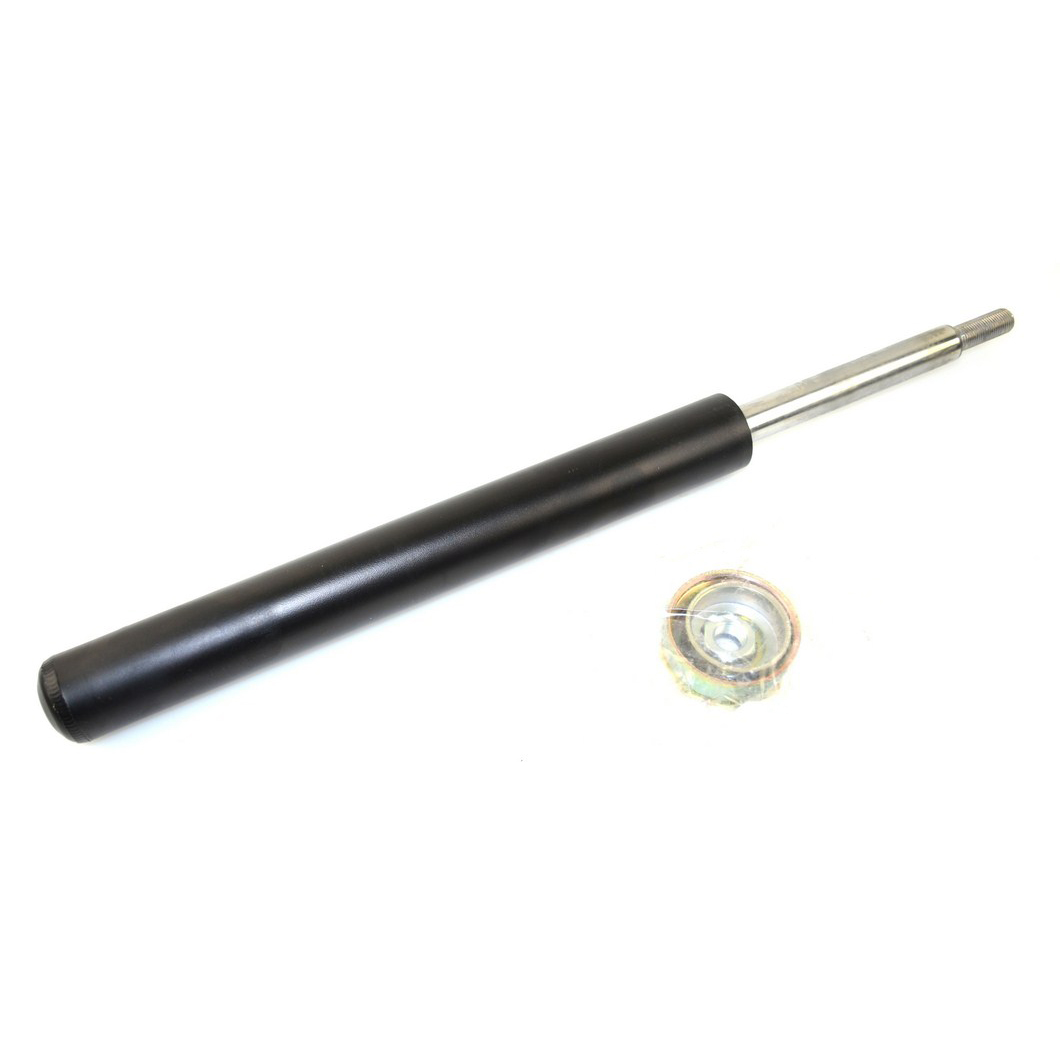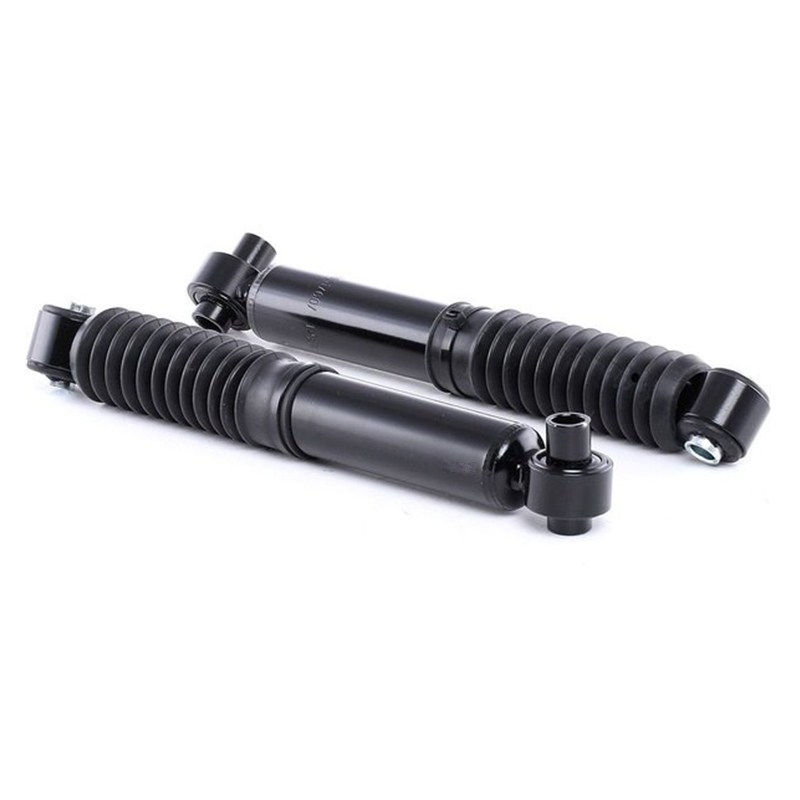In the modern automotive industry, the suspension system not only determines a vehicle's handling and comfort but also directly impacts driving safety and overall performance. Automotive Suspension Europe's development a...
READ MORE-
-
In the modern automotive industry, driving comfort and stability are increasingly important for passenger cars, and the performance of the rear suspension system directly impacts the vehicle's overall performance. As an ...
READ MORE -
In modern automotive engineering and high-end vehicle customization, high-performance shock absorbers have become a crucial component influencing vehicle handling, comfort, safety, and sporty performance. As the automoti...
READ MORE
What materials are mainly used in Citroën passenger car shock absorbers? How are these materials treated and processed to ensure the performance and durability of the shock absorbers?
The main materials used in Citroën passenger car shock absorbers include high-strength steel, special alloys, rubber and hydraulic oil, and the selection of each material is based on its key role in the realization of the shock absorber function.
High-strength steel: used to manufacture key structural components such as the shock absorber housing and piston rod. This type of steel not only has excellent tensile strength and yield strength, but also has good fatigue resistance, can withstand high-frequency vibration and impact during vehicle driving, and ensure the long-term stability of the shock absorber.
Special alloys: In some high-end or special application shock absorbers, lightweight alloy materials such as aluminum alloy or magnesium alloy may be used to reduce weight while maintaining sufficient structural strength, which is crucial to improving the fuel economy and handling of the vehicle.
Rubber: Mainly used for shock absorber cushions and seals. These rubber materials are specially formulated with good elasticity, wear resistance and weather resistance, can effectively isolate noise and vibration, and prevent hydraulic oil leakage to ensure the stability of the internal environment of the shock absorber.
Hydraulic oil: As the medium for shock absorbers to work, the choice of hydraulic oil is also crucial. GEREP uses high-quality synthetic hydraulic oil, which has excellent viscosity stability, oxidation resistance and anti-foaming properties. It can maintain stable performance under extreme temperature conditions and ensure that the shock absorber responds quickly and smoothly.
In order to ensure that the above materials can play the best performance, GEREP uses a series of advanced processing technologies and processes:
Precision machining: Using high-precision machining centers imported from Germany, high-strength steel and alloy materials are precisely turned, milled and ground to ensure that the dimensional accuracy and surface finish of each component of the shock absorber meet the design requirements, reduce friction and wear, and extend service life.
Heat treatment: Heat treatment of key components, such as quenching and tempering, to enhance the hardness and toughness of the material and improve fatigue and impact resistance. This process requires strict control of heating temperature, holding time and cooling rate to ensure the optimization of material properties.
Rubber vulcanization: Rubber cushions and seals are formed through a specific vulcanization process, which involves chemical reactions under high temperature and pressure to cross-link the rubber molecular chains to form a stable network structure, thereby improving the strength and wear resistance of the rubber. GEREP uses advanced vulcanization equipment and technology to ensure the stable and reliable quality of rubber parts.
Hydraulic oil purification and preparation: Hydraulic oil must undergo strict purification before use to remove impurities and moisture to avoid corrosion or clogging inside the shock absorber. At the same time, according to the specific model and application requirements, GEREP will also personalize the hydraulic oil to meet the performance requirements of different shock absorbers.
Assembly and testing: After all parts are processed, they undergo strict quality inspection and cleaning before entering the assembly stage. GEREP uses automated assembly lines to ensure the accuracy and consistency of the assembly process. After assembly, the shock absorber must also undergo multiple processes such as dynamic performance testing, durability testing and leakage testing to ensure that each product can meet or exceed customer expectations.
GEREP's advantages in the field of Citroen passenger car shock absorber manufacturing are not only reflected in advanced technology and processes, but also in its comprehensive quality management system and strong R&D capabilities. The company has more than 50 professional technicians and 10 senior engineers who continue to explore the application of new materials and new processes and continuously launch innovative products to meet the changing needs of the market. At the same time, a strong quality control team consisting of 20 QA inspectors ensures that every link from raw materials entering the factory to finished products leaving the factory meets international standards and customer requirements.
 EN
EN  English
English Español
Español






 +86-13757453333
+86-13757453333  +86-572-8355557
+86-572-8355557  Caroline@gerep.cn
Caroline@gerep.cn  No. 36, South Zhenxing Rd., Zhongguan Town, Deqing County, Huzhou, Zhejiang, China
No. 36, South Zhenxing Rd., Zhongguan Town, Deqing County, Huzhou, Zhejiang, China 